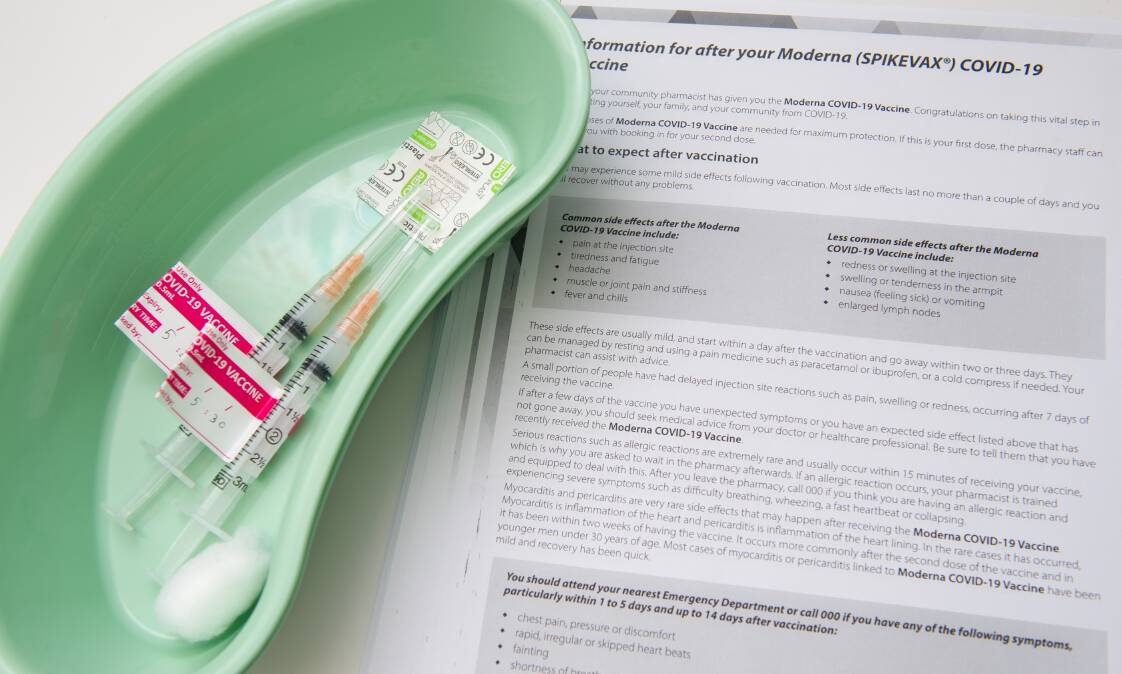
An increase in the hospitalisation rate for younger people with COVID-19 last week will prompt ACT health authorities to monitor the cohort to see if there is a trend.
About 70 per cent of people admitted to intensive care with the coronavirus since the start of the year had not had three doses of a COVID vaccine.
Three-dose coverage is also lower among younger groups in Canberra, data collated by ACT Health has shown.
Meanwhile, 60 ACT aged-care residents tested positive for COVID-19 in the week to May 1 across 15 care facilities with active outbreaks.
A woman in her 80s has also become the 55th person to die with COVID-19 in the ACT since the pandemic began.
Less than 60 per cent of Canberrans aged 16 to 29 have had three doses of a vaccine, while 86 per cent of those aged between 50 and 69 have had their booster shot.
The overall rate of booster coverage was 75.4 per cent on May 1 in the population aged 16 and over.
While age cohort vaccination data is affected by population estimates - including interstate and overseas migration - the figures suggest younger people have been less forthcoming for their third vaccination dose.
ACT Health reported 1053 new cases of COVID-19 on Friday, along with a decrease in the number of people in hospital.
There were 66 patients in hospital at 8pm on Thursday night, down from 70 in the previous reporting period. There were five people in intensive care.
ACT Health's weekly epidemiological update said Canberra had continued to experience high levels of community transmission and relatively stable hospitalisations.
"Of the total 52 deaths, eight had received three doses of vaccine, 24 had received two doses of vaccine, three had received a single dose of vaccine and 17 were unvaccinated," the report said of those who had died up to May 1.
The bulk of new infections reported in the seven days to May 1 were in those aged 25 to 39.
ACT Health also said it would no longer report the breakdown between BA.1 and BA.2 cases of Omicron COVID-19 because "sequenced samples are now almost exclusively the BA.2 sublineage".
"Instead, the focus will be on reporting mixed infections, new sublineages and recombinant variants," the report said.
"No mixed infections were recorded during the reporting period. A mixed infection is defined as a case being simultaneously infected with two different strains at the same time."







